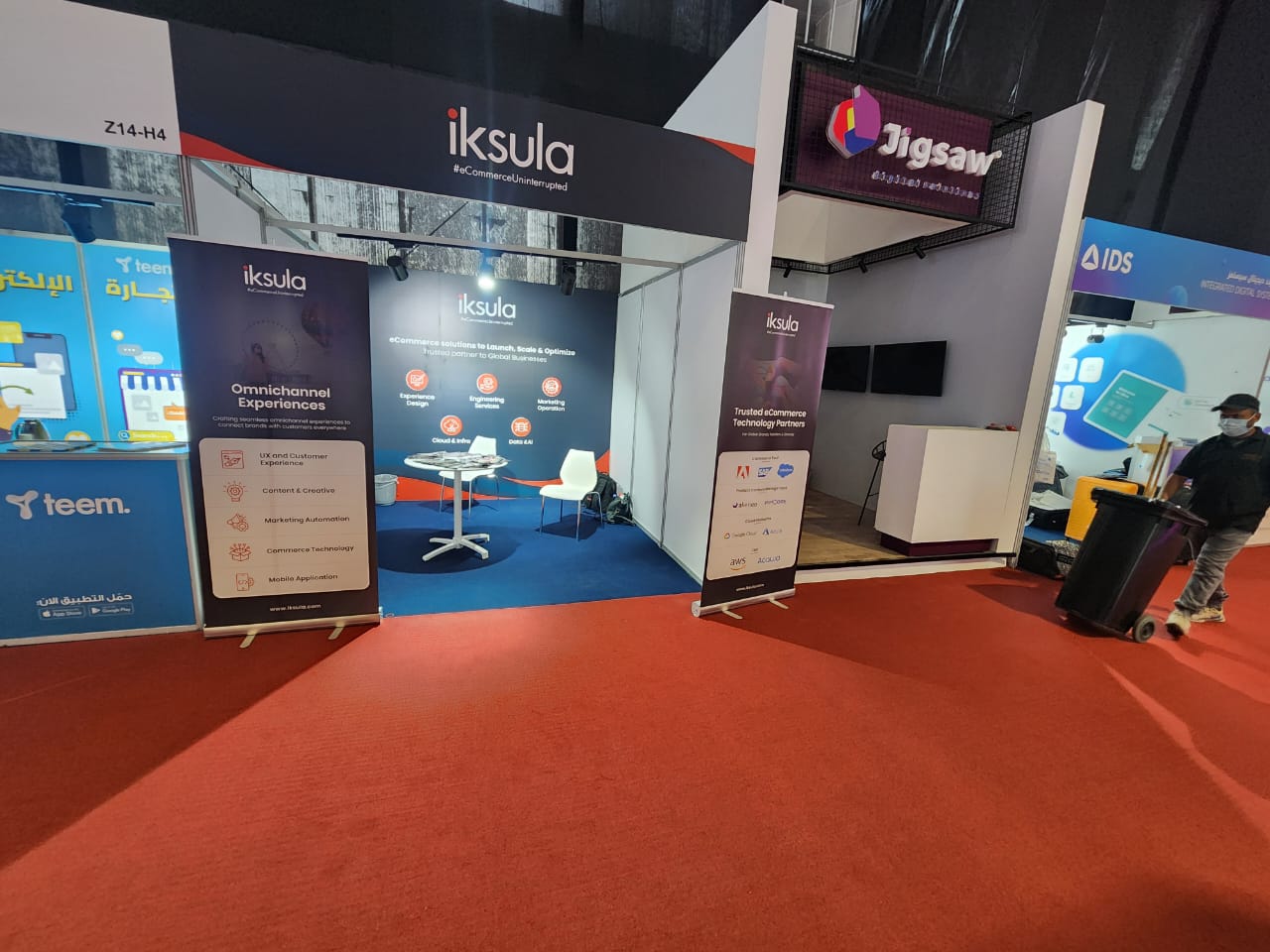In this rapidly changing market, the need for demand forecasting is higher than ever. Demand forecasting is an important tool in a company’s growth toolkit. Active demand forecasting is a strategic approach mostly applicable to organizations that are in the growth phase or those in their early stage of establishment. A company with the ability to predict future customer needs gets an edge over its competitors.
Demand Forecasting significantly impacts the company’s inventory management by maintaining optimal stock levels. This leads to minimized costs and high levels of customer satisfaction. Demand forecasting accuracy allows for better production planning, efficient resource allocation, and reduced risk of stockouts and overstocking.
In this article, we discuss various techniques of demand forecasting that can help a business stand out. By following this guide, you will be able to meet your customer demands and ensure your business is well-prepared to meet market demands with precision.
Understanding Demand Forecasting
What is Demand Forecasting?
Demand forecasting is the process of using historical data and employing various advanced analytical techniques to deeply analyze market trends. Demand forecasting predicts future requirements for products and services that businesses offer. Businesses can make informed choices about maintaining optimal inventory levels by predicting what consumers will require in the future. Accurate demand forecasting helps avoid costly issues such as stockouts or overstock.
Accurate demand forecasting methods facilitate better inventory management decisions. It optimizes marketing strategies, resource allocation, and production plans, among others. A proper demand forecast streamlines inventory control activities, which impact budgeting and strategy making. It ensures companies are ready to allocate resources right before achieving anticipated market trends. Stockouts and overstocking are resolved by ensuring the resources are used according to efficient demand forecasts. Efficient demand forecasting tools ensure that the production capacity matches the market requirement. Meanwhile, stock levels are minimized to meet customers’ requirements, avoiding excessive orders. Demand forecasting methods’ accuracy plays a critical role in effective supply chain management practices. It helps businesses avoid excessive or inadequate stock.
Demand forecast refers to processes that address all sizes of firms, including retail, e-commerce, manufacturing, and logistics. Implementing effective demand forecasting tools affects a small enterprise or a large corporation.
Need & Importance for Demand Forecasting
To understand the need for demand forecasting tools, one must understand the impact it has on the company and the market. Accurate demand forecasting is important for effective inventory control. It helps businesses avoid the pitfalls of having too much or too little stock. High stock levels drain cash flow, incurring high holding costs and risking obsolescence. Alternatively, inadequate inventories lead to backlogs, missed orders, and lower customer satisfaction.
Here are some key reasons why demand forecasting is essential for businesses:
- Better Inventory Management: Companies maintain their optimum inventory levels through demand forecasts. Understocking results in lost revenue and disgruntled customers, while overstocking consumes resources. Accurate demand forecasting streamlines the company’s inventory management, effectively reducing incidents of stockouts or overstocking.
- Increased Profitability: Effective demand forecasting can lead to cost savings. Businesses can minimize wastage and streamline their supply chain operations by aligning production with expected demand. This optimizes operations and results in cost reduction. Efficient and accurate forecasts of demand in the market lead to increased profits.
- Resource Allocation: Active demand forecasting guides companies to effectively allocate resources across the organization. This helps businesses allocate human resources, raw materials, machinery, etc, effectively based on future market demands.
- Risk Mitigation: In the rapidly changing market, demand forecasting can assist companies in identifying potential hazards. Companies can, then, create backup plans in accordance with the demand forecasts. Demand forecasting makes it possible to take preventative action to lessen the effects of unforeseen circumstances or market swings.
- Informed Scaling and Budgeting: Accurate demand forecasts enable businesses to scale their operations and budget accordingly, leading to cost savings and improved efficiency.
Demand Planning vs Forecasting
Demand planning goes hand-in-hand with demand forecasting. Demand planning uses forecasts of demand to synchronize inventory and effectively allocate resources. Demand planning refers to the strategic process of optimizing supply chain operations and customer experience. Demand forecasting is data-driven, while demand planning relies on professional judgement and experience. Human touch is a crucial part of demand planning. It is a mix of quantitative and qualitative methods. Advanced software and statistical models work together to gather insights and adjust strategies according to evolving market trends.
Demand forecasting methods predict the future. Predicting customer demand for a product or service falls under the jurisdiction of demand forecasting. It looks into the future sales patterns and informs the current strategy. Modern technology has simplified the demand forecasting process. Current advanced technologies can handle substantial amounts of data and make predictions in a matter of seconds. Now, companies can forecast demand by filtering through decades of historical data, and they can conduct thorough market analysis.
Demand forecasting and demand planning work together to ensure the company can keep up with the rapidly changing market. In simple words, demand forecasting predicts, and demand planning executes.
Types & Techniques of Demand Forecasting
Quantitative Forecasting
Quantitative Demand Forecasting techniques use historical data and statistical methods to predict future demand. The quantitative approach is data-driven– it relies on numerical data and mathematical models. It analyses past trends and patterns to forecast the future. This type of forecasting is typically effective where historical data is readily available. Key quantitative methods include:
- Moving Averages: Quantitative demand forecasting smoothes out short-term variations in data by averaging demand over a set number of periods. Moving averages are an effective approach to identifying patterns.
- Trend Projection: Trend projection entails studying past data to identify long-term patterns. Once a trend has been detected, it is projected into the future to predict demand. This technique implies that previous patterns will continue in the future, making it useful in stable contexts.
- Econometric Modeling: Quantitative demand forecasting models use statistical techniques to establish the relationship between demand and economic variables like price, income, and marketing spend. The models are sophisticated and provide exceptionally accurate forecasts.
Qualitative Demand Forecasting
Qualitative demand forecasting techniques are subjective and rely on the knowledge and experience of experts. The three major methods under qualitative demand forecasting include:
- Delphi Method: The Delphi technique involves the collection of opinions of a panel through multiple rounds of questioning. Each round is followed by a summary of the forecasts. The experts, then, revise their estimates based on the feedback. This continues until they reach a consensus.
- Expert Knowledge: This method relies on deep insights from the people within the company and industry. These experts give their views based on their own learning and feelings in relation to the dynamics in any given market.
- Surveys: This approach gathers ideas directly from customers or potential customers about their intentions for future purchasing activities. It is beneficial when launching new products or entering new markets. It provides immediate understanding of customer requirements.
Active Demand Forecasting
This type of demand forecasting involves actively collecting and analyzing data from distinct sources. Companies use active demand forecasting techniques to plan for growth by making data-driven decisions. For instance, retailers use active demand forecasting to adjust pricing strategies and manage inventory levels. They tailor their campaign based on real-time consumer behaviour and shifting trends.
Active forecasting improves data forecasting accuracy by actively shaping demand and considering external factors. Companies can craft proactive strategies based on actionable insights, such as marketing campaigns, product launches, and pricing adjustments. Active demand forecasting gives companies a competitive edge in a dynamic market by enabling smooth adaptation strategies.
Passive Demand Forecasting
Passive forecasting uses historical data to predict future demand. It is the most suitable method for businesses with stable sales patterns. For instance, items like cleaning supplies have a stable sales pattern. They are not substantially affected by external factors.
Passive demand forecasting is a simple, straightforward method. It prioritizes stability and studies consistent sales patterns to maintain similar stability in future demand. It is a cost-effective and easy method to implement.
Demand Forecasting Tools and Solutions
Software for demand forecasting solutions supports businesses in making decisions related to their supply chains based on accurate forecasts. These applications employ complex algorithms, machine learning, and data analytics. They deliver more reliable predictions about what customers are likely to buy later. Companies can mitigate human errors and save time by automating data collection, review, and prediction. This method gives them room to concentrate on strategic decision-making.
Features of Forecasting Software
- Ease of use: The program should be easy to use for all team members, regardless of technical skills. All team members should be able to input data, generate forecast reports, and interpret what they mean.
- Accuracy: The importance of accurate forecasts by the software cannot be underestimated. Demand forecasting solutions using advanced algorithms that correctly handle big data sets are great!
- Scalability: As your business expands, so will your data and forecasting requirements. The program should be scalable to handle larger data sets and more advanced forecasting algorithms.
- Integration: The software should easily integrate with your existing systems, such as ERP, CRM, and inventory management systems. This software will help streamline data collection and analysis.
- Customization: Every business has unique forecasting requirements. The program should allow you to customize parameters, models, and reports based on your requirements.
- Support and Training: The best vendors offer support services, even training programs, to ensure the software can be fully understood.
AI in Demand Forecasting
Businesses are increasingly adopting AI-driven tools to improve their demand forecasting using machine learning in the age of artificial intelligence and big data. AI can predict how much stock will be needed in the future or for how long there will be a shortage, which could simultaneously monitor different parts of the supply chain. It identifies non-selling products that make inventory costs too high and indicates how changes in customer demand are influenced by seasons or specific periods.
With AI in demand forecasting, companies can expect more accurate predictions of customer requirements and adapt their operations accordingly. This is good for inventory management. It boosts agility when market conditions change and ensures that appropriate items appear on shelves when required.
Conglomerate organizations like Amazon, Walmart, Zara, Siemens, and more are already employing demand forecasting using machine learning. Amazon uses AI in demand forecasting to optimize its inventory, predict spikes during special events like Black Friday sales, and optimize pricing strategies. Walmart uses AI in inventory management, emphasizing its AI-driven forecasting on perishable goods to ensure freshness. Siemens uses AI to anticipate equipment failure and manufacturing errors and to prevent downtime.
Best Practices For Demand Forecasting
Best practices should be followed to increase the accuracy and effectiveness of the demand forecast. These best practices help you respond to changes in market conditions, reduce forecasting errors, and ensure your company is prepared to meet customer demands.
Demand forecasting is not a one-time activity; it is an ongoing process that requires continuous optimization. Regular review and improvement of business forecasts based on the latest data, market trends, and business objectives are also necessary.
Demand forecasting best practices include
Regular Data Updates: Make sure that your predictions are grounded on the latest relevant information.
Adjusting Models: As market conditions change, adjust your forecasting models to reflect new realities.
Incorporating Feedback: Use feedback from actual sales and inventory levels to refine your forecasts.
Identify Seasonal Patterns: Historical data can be used to determine seasonal peaks and troughs in demand.
Adjust Inventory Levels: Plan your stock so that it matches expected seasonal fluctuations in demand.
Monitor Emerging Trends: Continually analyze consumer behavior as well as market conditions so as to stay ahead of emerging trends.
Qualitative Insights with Quantitative Data: Augment statistical models with expert opinions.
Cross-Verify Forecasts: Different methods can be employed simultaneously when checking the correctness of a forecast, helping identify anomalies.
Steps for Improving Demand Forecasting Accuracy
The steps to improve demand forecasting accuracy are as follows:
Regularly Optimize and Update Forecasts
Review and update your forecasts regularly based on the latest data and feedback. This process allows for more accurate predictions of future customer demand. Your company, thereby, improves planning, reduces costs, and improves customer satisfaction.
Monitor Seasonality and Trends
Monitor seasonality patterns and trends to optimize the inventory, production, and overall supply chain efficiency. Understanding how demand fluctuates based on the time of year can help companies avoid costly overstocking or understocking. This method helps reduce waste and improve customer satisfaction.
Multi-Method Approach to Forecasting
Employ several methods to verify and enhance the precision of your estimates. Using multiple demand forecasting processes helps reduce forecast errors and bias. The overall accuracy is boosted through a multi-method approach to forecasting. Companies can leverage the strengths of each method and make informed decisions, all while mitigating the weaknesses of each method.
Conclusion
Demand forecasting is a crucial business process that helps companies anticipate future demand. Organizations can achieve accurate demand forecasts using the right approaches, techniques, and tools. Following these steps, along with best practices, can enhance businesses’ forecasting capabilities. These techniques for accurate demand prediction enable better decision making, improved operational efficiency, and higher customer satisfaction.










































